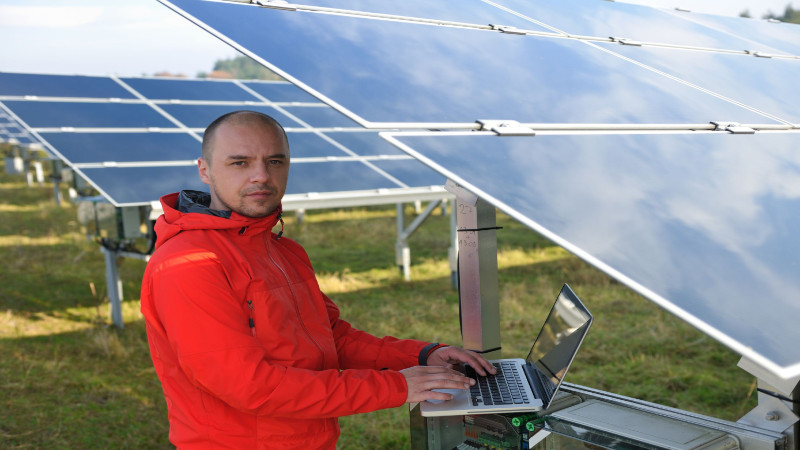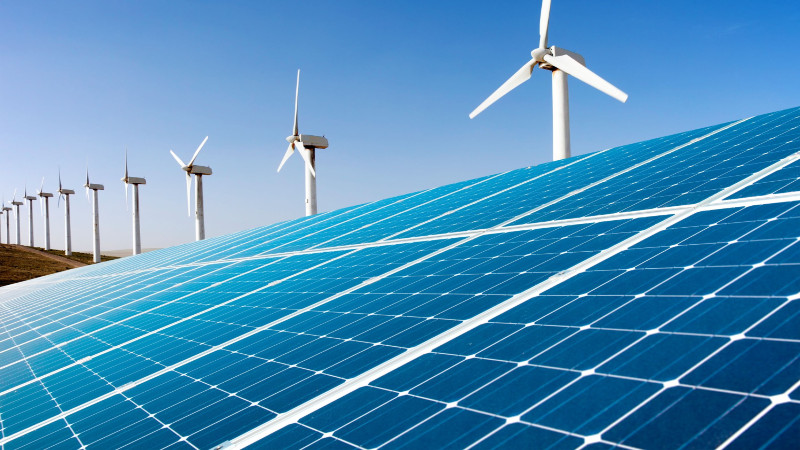After developing a heavier interest in solar energy, you may be feeling overwhelmed once you start doing some research on solar panel installations in New Jersey. There can be overwhelming amounts of information out there, such as how to save money, how incentives work, and what company to choose.
One of the things you need to consider when doing your research on solar energy for your home is how many solar panels can fit on your roof. This may seem like a daunting topic to tackle, but with a bit of understanding, it becomes much less intimidating. Let’s take a look.
Step #1
By understanding roughly how many solar panels you can fit on your roof, you can at least get an idea of what to expect in terms of monthly payments or overall cost and wattage. By doing a simple google search, you can determine that a price for solar panel installation in New Jersey may be roughly around $3.50 per watt on average. If you can determine how many solar panels will fit on your roof and how many total solar panels you’ll need for your solar installation, you’ll have the upper hand in your initial conversations with your solar panel installation company in New Jersey.
Step #2
Determining how many solar panels you may need is actually rather simple. First, take your 12-month kWh usage number from the utility company. This is the number the solar installation companies in NJ will ask you for right away. It is also necessary for you to determine how many solar panels you can fit on the roof.
Step #3
As a general role of thumb, the “production factor” of your solar panel installation in NJ will be 1.2. Therefore, take the kWh number from the utility and simply divide it by 1.2. With this in mind, if you use 12,000 kWh of power, you will probably need a 10 kW system. From there, take the average wattage of solar panels, which happens to be 300 watts. 10,000/300 is 33. Therefore, you would most likely need 33 solar panels to accommodate your power usage.
Step #4
The next step is to determine if your roof can actually fit these solar panels. It’s actually fairly easy to determine. The average footprint of a solar panel is roughly 16 square feet. First, measure the length of the roof plane (each 4-cornered roof segment). This is quite simple – just take a tape measure the bottom of the roof from the ground. For our example, let’s just say that your roof is 30 feet wide.
Step #5
Now, how would you go about determining the width, considering you aren’t going up on the roof, and the roof has a pitch (sits at an angle)? We will need a bit of simple (well, fairly simple) math to help us determine this. The equation we’ll use is “base length/angle x (cos).
Step #6
Now take your measuring tape and measure from the end of the house to the point where the roof peaks. From there, you can download one of the many apps that help you figure out the tilt. Multiply the tilt by the (cos) and divide by the angle, and this will ultimately give you space.
For example, let’s just say that our base measurement is 15 feet and the angle is 30. Using a calculator, type in the number 30 and then press the “cos” button. You will get .866 as the result. Divide the base (15 feet) by .866 and you’ll get 17.32 feet as the result. 17.32 feet x 30 feet wide is 520 feet of total usable area. 520 divided by the 16 square feet needed for a solar panel tells us that we can roughly fit 32 panels on the roof.
We know math can be a bit of a frustrating topic to tackle, but with this information, you can be well-equipped for your research. You can now go into your initial conversations with New Jersey solar installation companies with the knowledge of how much you need, and just how much will actually fit.
For more updates like us on Facebook!


